How Apple will keep iPhone SE relevant
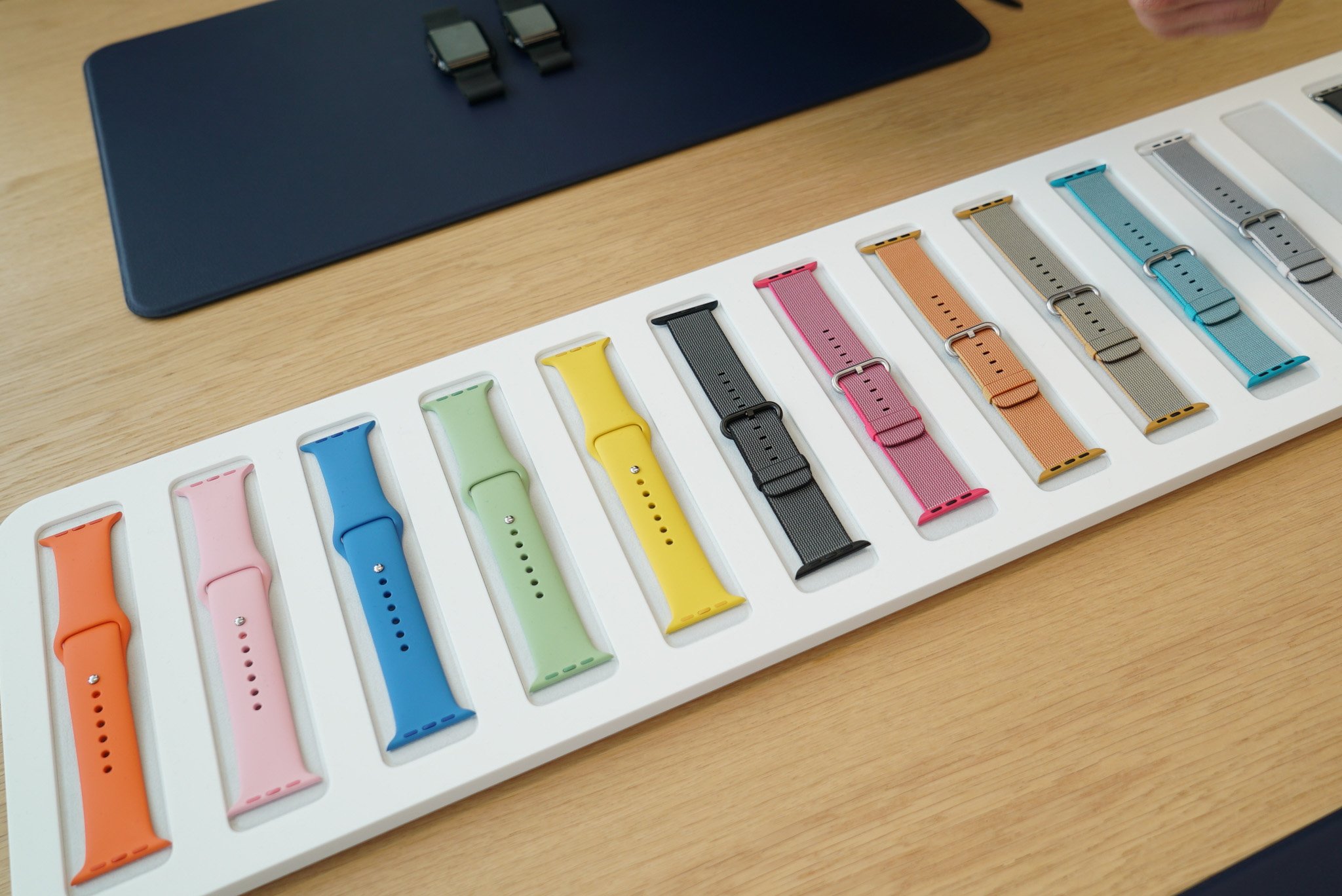
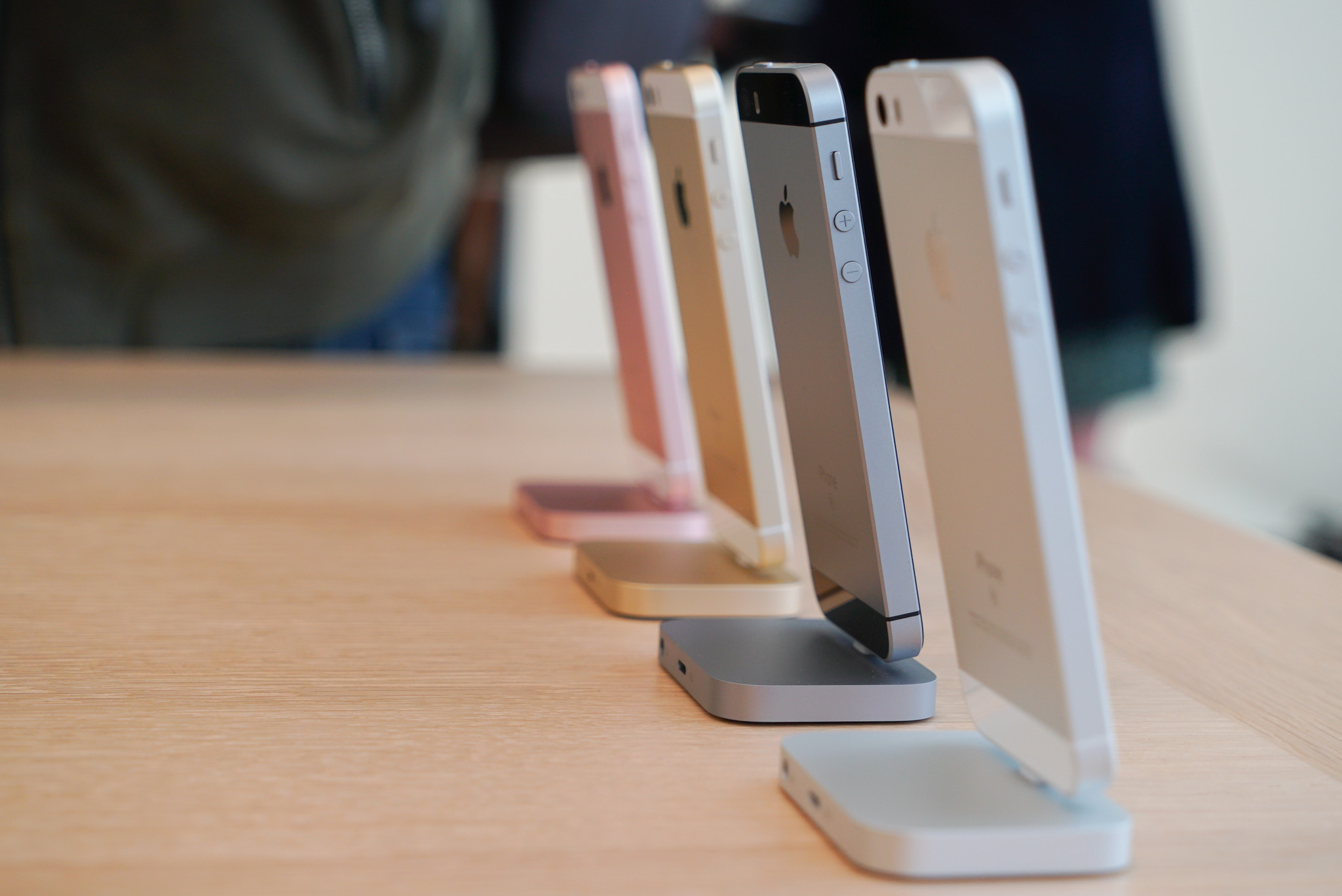
Welcome to the return of the 4-inch iPhone. While Apple hasn't released a new model of the familiar one-handed design since September 2013, the number of iPhone 5 series devices still in circulation makes it seem like they never left.
Though iPhone SE looks remarkably similar to its forebear, Apple has made some subtle but important tweaks to the core components of the device, while expanding both storage options and colour options.
The need for smaller phones
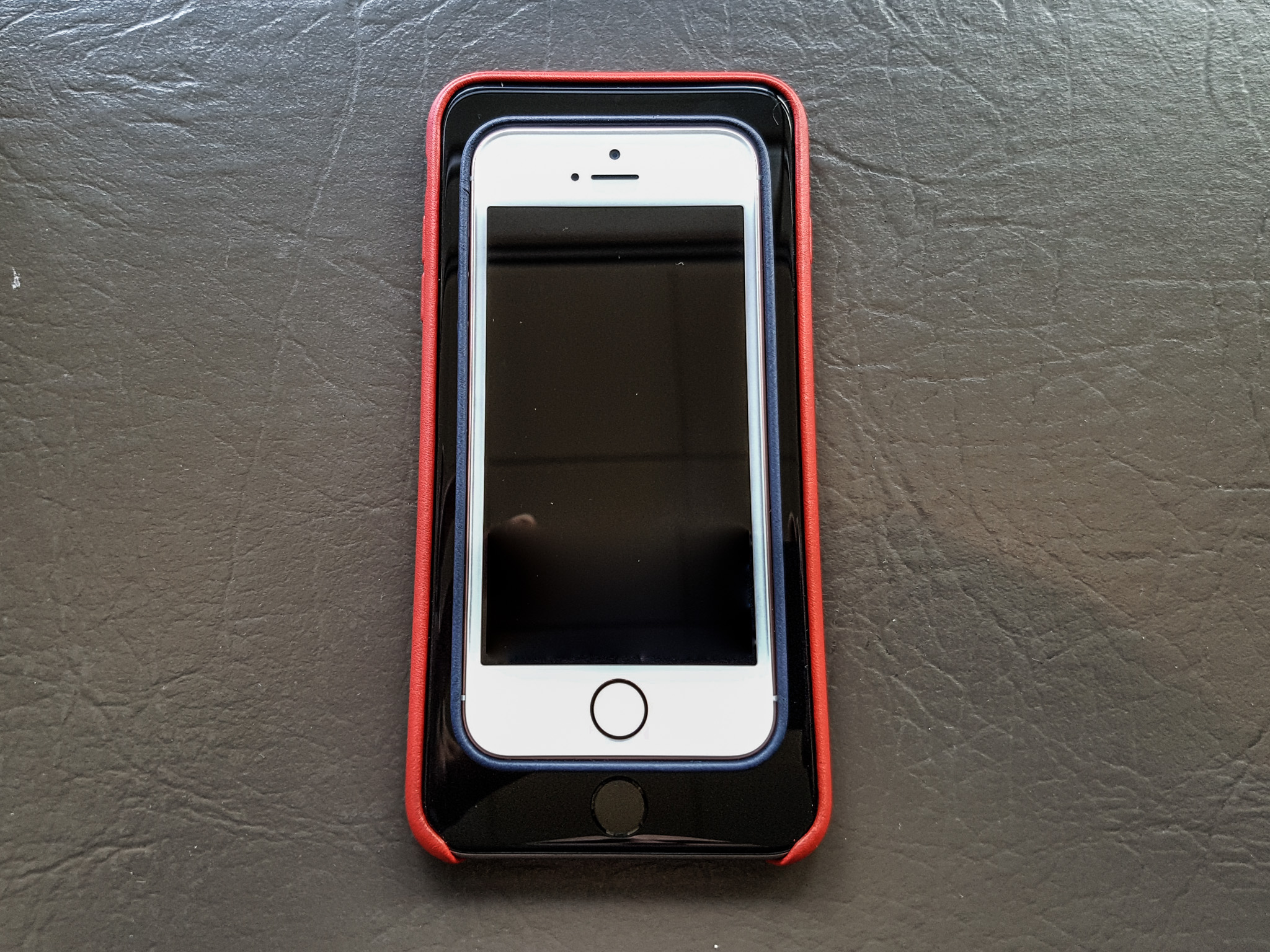
iPhone retains its excellent and vibrant 1136x640 pixel LCD panel. Though some may decry the move, there is nothing wrong with the proposition, even six years after Apple established 326 pixels per inch as its classification for Retina.
While many Canadians have since graduated to larger devices — according to IDC, nearly half of North American iPhone users have moved on to the more capacious iPhone 6 or 6 Plus — there is still a large contingent both desirous of, and, in practical terms in need of, a smaller iPhone.
That need forms the financial core of iPhone SE's two-pronged approach to market validation. On the one hand, it practically renews the market for smaller iPhones; on the other, it immediately becomes the most powerful smartphone in its price range, replete with Apple's A9 chip and 2GB of RAM.
Power packing
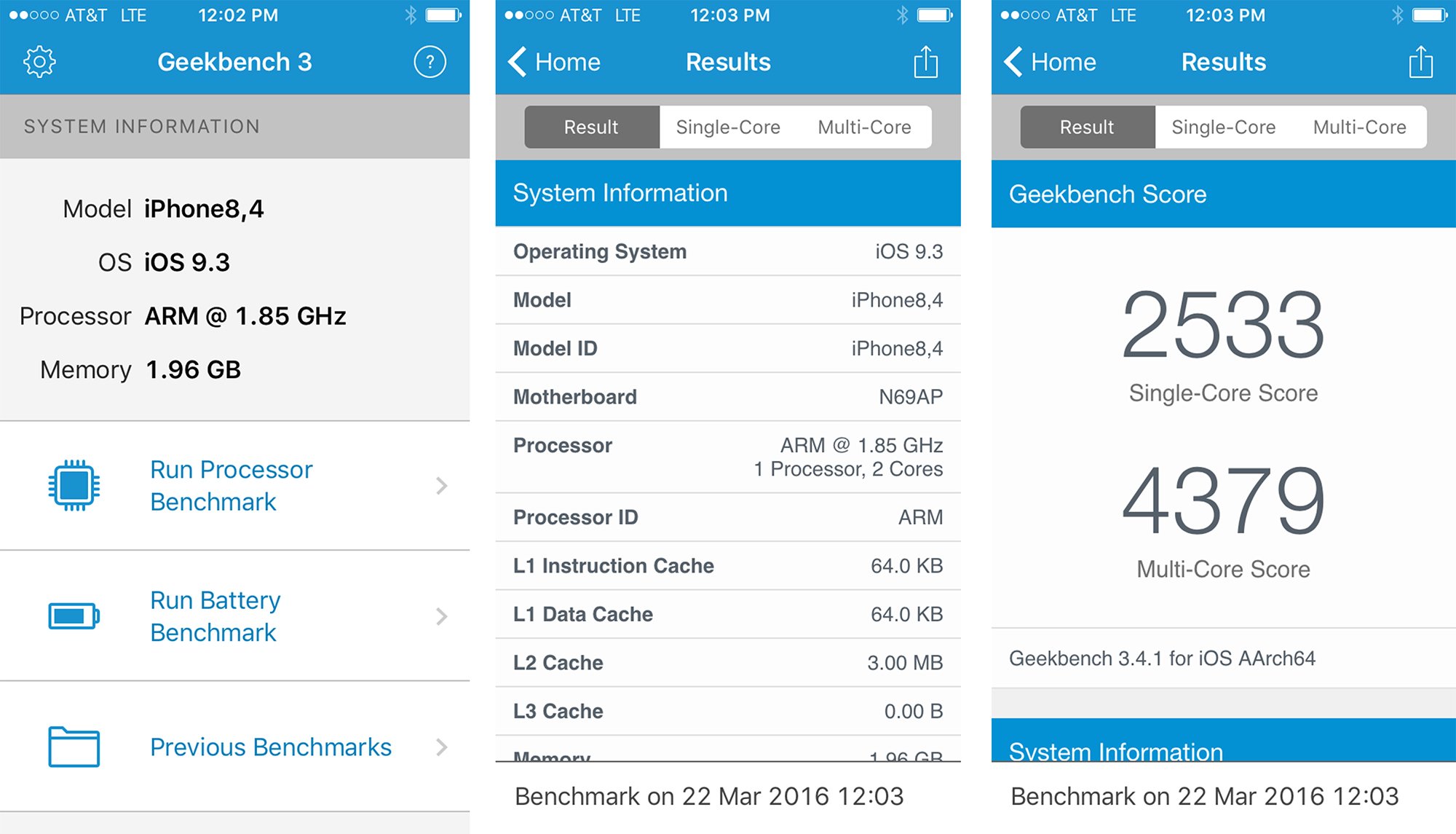
It can't be overstated how important the inclusion of the A9 chip is to the SE's success: like the A7 and A8 before it, the A9 is both extremely power efficient and tremendously powerful, providing longevity for a product that is unlikely to be updated for some time.
As iPhone 5s has lived on since its 2013 release, thanks to the versatility of the A7, Apple's first 64-bit chip, iPhone SE could adorn Apple's lineup for as many as three years, staying put (and relatively inexpensive) as larger devices ebb and flow through their annual cycles. As iPhone 5s has been a mainstay for Apple over the last three years, the SE will continue its legacy towards the close of the decade.
Master your iPhone in minutes
iMore offers spot-on advice and guidance from our team of experts, with decades of Apple device experience to lean on. Learn more with iMore!
Emerging markets
iPhone SE also works to further Apple's inroads into developing countries, or those with still-weak exchange rates against the U.S. Dollar. Canada, for instance, saw relatively slow uptick of iPhone 6s and 6s Plus when they were released in September of last year, owing directly to their $1000-plus price tags. This pushed people towards the year-old iPhone 6 and 6 Plus, which lack the 6s line's updated core components. Starting at $579 (for the admittedly-anemic 16GB model), the iPhone SE is the most accessible modern iPhone in years.
Payment plans
Moreover, by replacing iPhone 5s with what is essentially a shrunken iPhone 6s, Apple gives itself another few million units of dominance in the mobile payments sector. With Apple Pay slowly rolling out to more markets in 2016, Apple finds a way to address one of the biggest barriers to mobile payment pickup in countries with established EMV-based payment networks — such as most of Western Europe, where iPhone market share is minimal. Similarly, it is one of the least expensive devices that, with the inclusion of the A9 chip, supports 150Mbps LTE-Advanced, a significant achievement for markets, like Canada, that take advantage of the speeds.
The best (small) camera
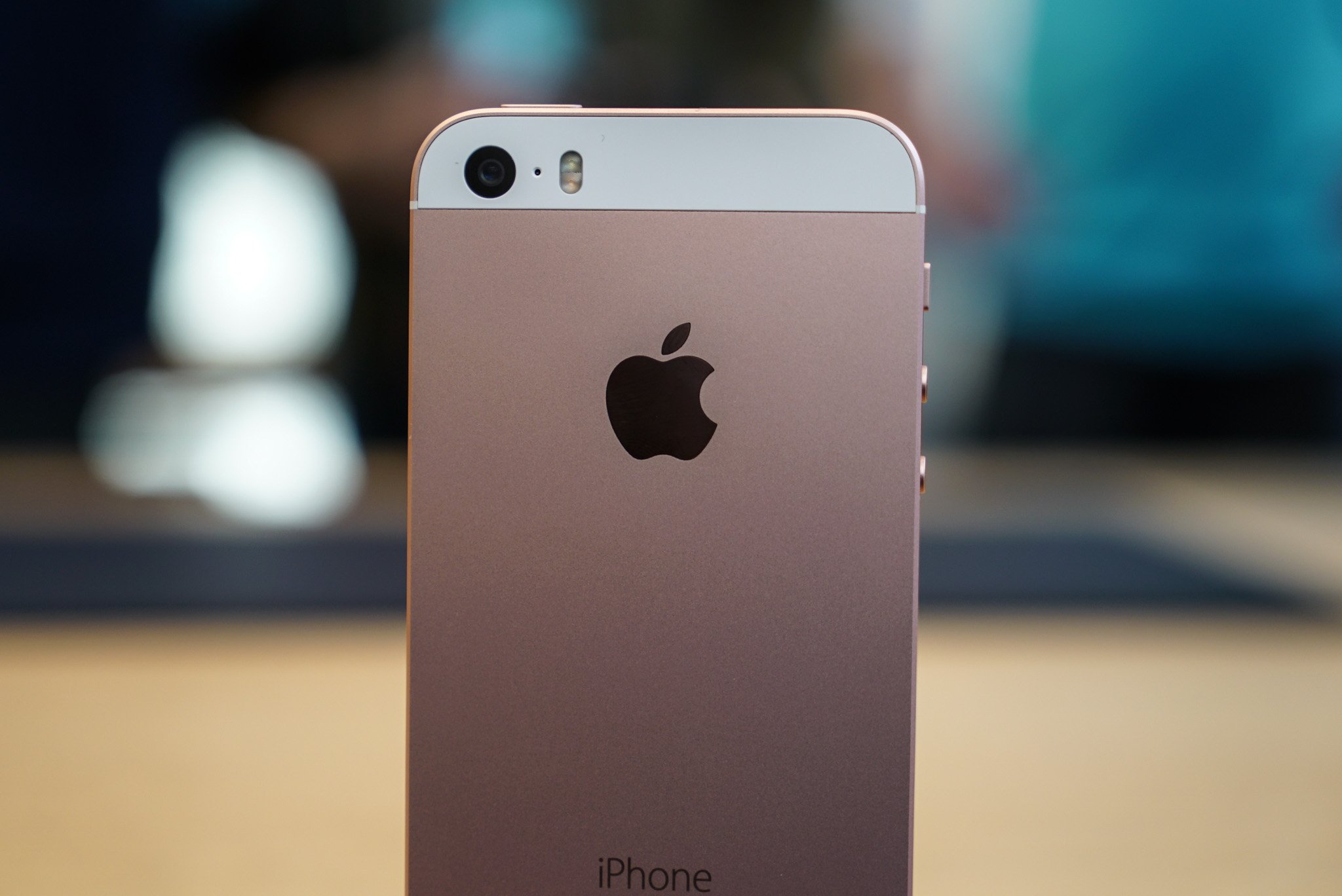
Finally, with iPhone 6s' 12-megapixel camera, iPhone SE pushes its enviable combination of hardware and software downmarket. While unlike two or so years ago it is difficult to claim the iPhone offers the best smartphone camera experience out there, by bringing its best to the sub-$500 market, Apple forces the only growing segment of Android devices, the so-called mid-range, to step up its collective game.
We'll have to see whether there are any sacrifices in bringing the 6s camera to a smaller form factor — the regular 6s already lacks the optical image stabilization of its larger sibling — it's great to see Apple move on such technologies as 4K video capture and Live Photos at this price point.
Bottom line
iPhone SE certainly doesn't warrant the fanfare of what, later this year, will likely be the iPhone 7, but it shows Apple, as it was when it replaced the still-hot iPod mini with its nano successor, willing to make seemingly-odd decisions in order to position itself better in an ever-changing market.
○ iPhone SE review
○ iPhone SE FAQ
○ iPhone SE buyers guide
○ iPhone SE hub
○ iPhone SE specs
○ iPhone SE discussion
○ See at Apple.com
○ iOS 10 news
Daniel Bader is a Senior Editor at iMore, offering his Canadian analysis on Apple and its awesome products. In addition to writing and producing, Daniel regularly appears on Canadian networks CBC and CTV as a technology analyst.

